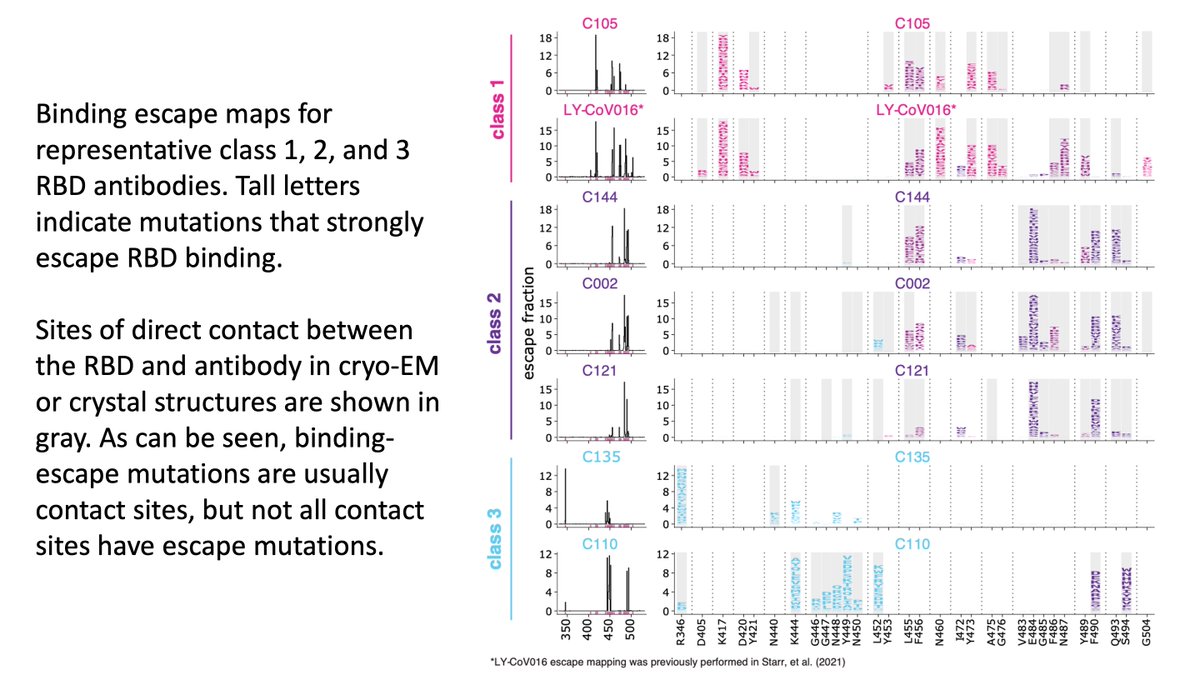
In a new study led by the group of Hui-Ling Yen, we help define the transmission potential of flu viruses replicating in the upper and lower respiratory tract, and quantify the rate of mixing between viruses in these two locations: academic.oup.com/jid/advance-ar… (1/n)
Specifically, our results show that at least in ferrets, viruses transmit from the upper rather than lower respiratory tract, and there is only limited slow mixing between viral populations in these two anatomical locations. (2/n)
Specifically, we generated pdmH1N1 viruses that were either "wildtype" or had 2 synonymous mutations that served as neutral genetic markers. Ferrets were then inoculated with one of these viral variants in the upper airway, and one in the lower airway. (3/n)
Even after several days, these variants remained confined mostly to the location at which they were inoculated, indicating fairly slow migration of viruses between the upper and lower airways. (4/n)
Furthermore, recipient ferrets that were co-housed with the inoculated ferrets were infected exclusively by the viral variant in the upper airways, indicating transmission occurs predominantly from viruses in the upper and not the lower respiratory tract. (5/n)
• • •
Missing some Tweet in this thread? You can try to
force a refresh






